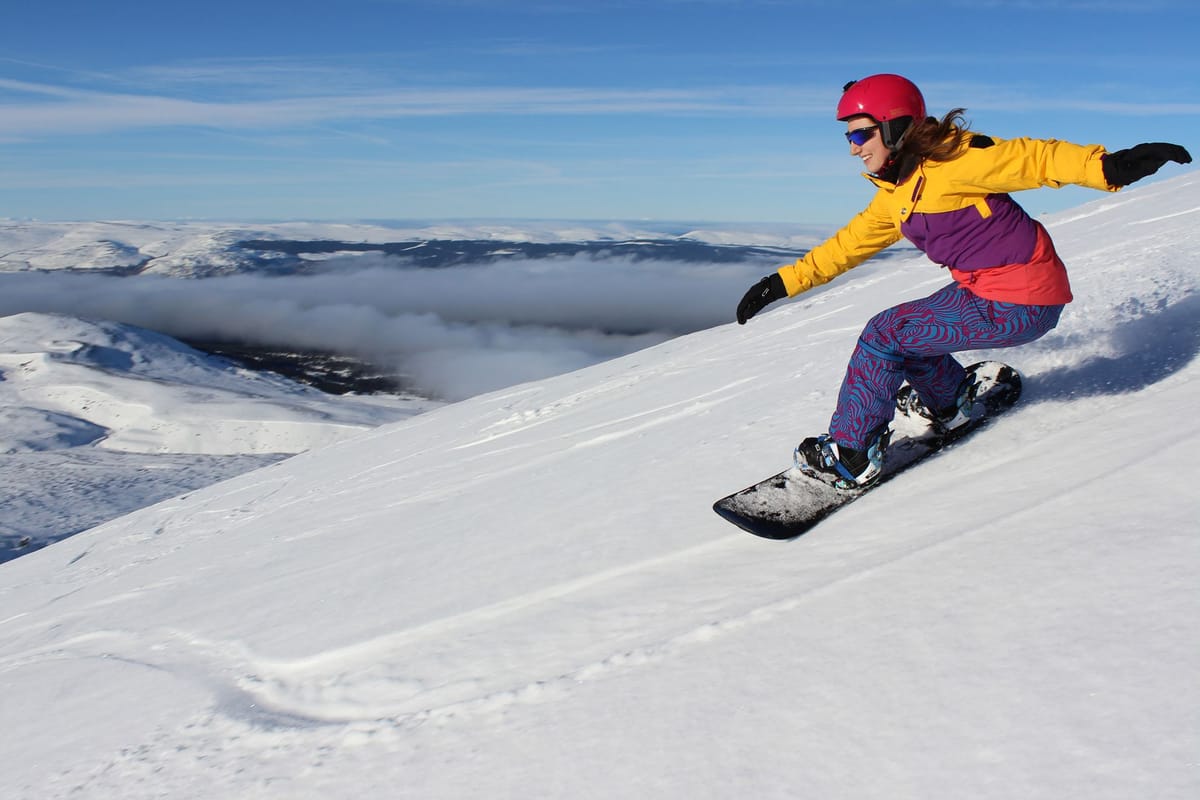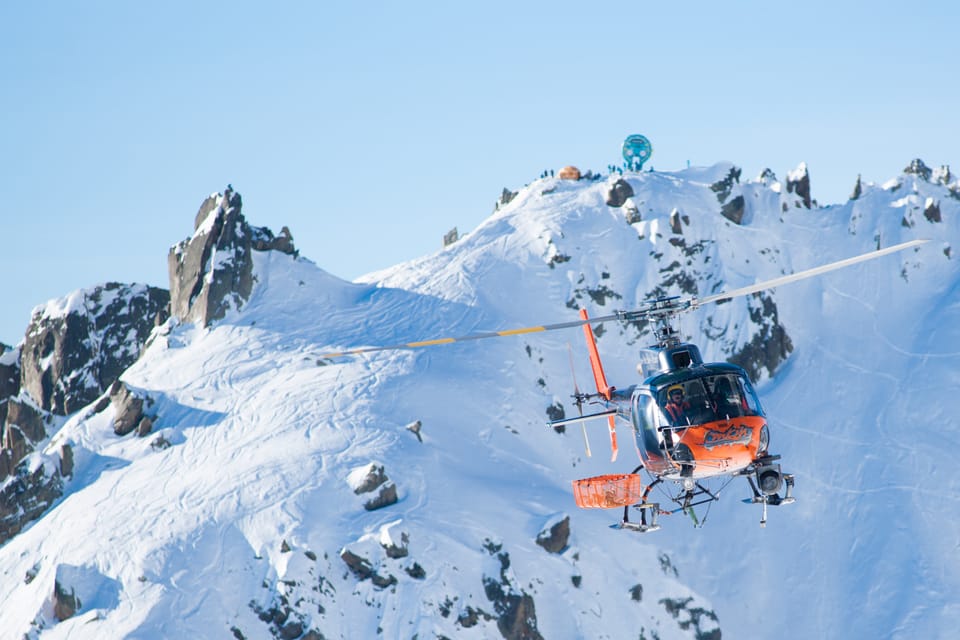New Impact Test for Snowboard Wrist Protectors Could Ultimately Reduce Risk of Injuries

Most snowboarding injuries are to the lower arm and wrist and are mainly seen in beginners and children who are learning the sport and are more likely to put their hands out when they fall, causing sprains and fractures from the impact.
Elite athletes, including those competing at the current Beijing Olympics, are also susceptible to this type of injury due to travelling at high speeds and performing tricks on jumps.
But now a new test for measuring the impact performance of wrist protectors worn by snowboarders has been developed at Manchester Metropolitan University Institute, in collaboration with Sheffield Hallam University.
Researchers from the two universities have developed the new testing device that can replicate injury risk scenarios and test the impact during falls when wearing wrist protectors. It’s hoped this could aid the design of new products and minimise the risk of wrist injuries, research suggests.
“This research is important in helping to reduce the risk of wrist injuries seen in snowboarders by helping with the design and testing of future snowboard wrist protectors. We are developing test protocols to further our understanding of the mechanics of wrist injuries, with a view to reducing the occurrence of these injuries amongst snowboarders,” said Dr Thomas Allen, Senior Lecturer in Sports Engineering, at Manchester Metropolitan University.
The findings, published in Sage Journals, show the device could give designers and manufacturers a better understanding of the performance of their prototypes and products. They could also inform any possible changes to the International Standard for snowboarding wrist protectors, which should help in reducing the risk of wrist injuries for wearers.

The impact testing device, which is located within the Sport Engineering Research Group at Sheffield Hallam University, uses both metal and plastic components in a hand and arm model, known as a surrogate, and features an embedded sensor to measure the angle of the hand.
Twelve snowboarding wrist protectors, of varying design, were tested for differences in the peak impact force, the time to reach this peak, and energy absorption between products.
When compared to an unprotected surrogate, all 12 products lowered the peak impact force by at least 24% and increased time to reach this peak by at least 1.8 times.
Using such a testing device would allow designers and manufacturers to better understand how their prototypes and products perform.
It will also aid with the design and development of future products, which could help to reduce the overall risk of injury.
The new impact testing device forms part of a body of research into snowboarding wrist protection after a call from the International Society of Snowsport Safety in 2013 to implement the first ever standard following the issues with wrist injuries in snowboarders.
Wrist protectors are worn by some snowboarders to prevent injuries, but it was unclear which specific design works best and limited tools are currently available to support manufacturers in evaluating protective performance.
Researchers developed an International Standard for snowboarding wrist protectors and a new set of tests to determine which design features are effective at preventing wrist hyperextension during falls.

They developed computer models and created a hand and arm surrogate to replicate injury scenarios in the lab without using people.
The first test used a 3D printed plastic hand and arm surrogate and involved pulling the hand backwards slowly to measure the protector stiffness.
The second test involved dropping a mass onto the palm region of the protector forcing the hand backwards to mimic hyperextension during a fall.
Additional research is planned to further develop the hand and arm surrogate to represent the arm and hand more accurately, as well as developing a bone surrogate to test for fractures.




